Hornado recipe, embark on a culinary journey to the heart of Ecuador, where the tantalizing aroma of slow-roasted pork beckons from kitchens and outdoor markets. Hornado, a quintessential Ecuadorian dish, is a celebration of flavors and culinary prowess. In this exploration, we’ll unravel the recipe for Hornado, delving into the essential ingredients, the meticulous preparation, and the cultural significance that make this roast pork dish a cherished part of Ecuador’s gastronomic heritage.
Understanding Hornado: A Culinary Fiesta of Tradition:
Hornado is more than a dish; it’s a cultural experience deeply ingrained in Ecuador’s culinary identity. This traditional roast pork extravaganza is often associated with festive occasions, family gatherings, and community celebrations. The dish showcases the fusion of indigenous and Spanish influences, resulting in a succulent and flavorful pork dish that has become a symbol of Ecuadorian hospitality.
Ingredients for Ecuadorian Hornado:
Hornado relies on a harmonious blend of pork, spices, and traditional accompaniments to create a dish that captivates the senses.
- Pork Shoulder or Leg: 5-6 pounds, bone-in. Choose a quality cut with a good balance of fat for moist and flavorful meat.
- Achiote Paste: 2 tablespoons. Achiote provides a distinctive color and earthy flavor to the pork.
- Ground Cumin: 1 tablespoon. Cumin adds warmth and depth to the spice rub.
- Garlic: 6 cloves, minced. Garlic infuses the pork with a savory aroma.
- Oregano: 2 tablespoons, dried. Oregano contributes a fragrant and herbal note to the spice mix.
- Ground Paprika: 1 tablespoon. Paprika adds a subtle smokiness and enhances the color.
- Orange Juice: 1 cup. Orange juice acts as a tenderizing agent and imparts a citrusy flavor.
- Canola or Vegetable Oil: 1/4 cup. Oil helps create a flavorful and crispy exterior during roasting.
- Salt and Pepper: To taste. Balances and enhances the overall seasoning.
For the Accompaniments:
- Mote: 2 cups, hominy or corn kernels. Mote serves as a traditional side dish.
- Llapingachos: 6-8, stuffed potato patties. Llapingachos complement the pork with their cheesy and potato goodness.
- Salsa de Maní: 1 cup. A peanut-based sauce for added flavor.
- Pickled Red Onions: Optional. Pickled onions provide a tangy contrast.
Preparation: Crafting the Perfect Ecuadorian Hornado:
Creating the perfect Hornado involves a meticulous blend of spices, a slow roasting process, and the accompaniment of traditional side dishes. Let’s embark on the step-by-step journey to craft this Ecuadorian roast pork delicacy.
Step 1: Prepare the Pork:
- Clean and Pat Dry: Ensure the pork shoulder or leg is clean and pat it dry with paper towels. This step allows the spice rub to adhere better.
Step 2: Create the Spice Rub:
- Mix Achiote Paste and Spices: In a bowl, combine the achiote paste, minced garlic, ground cumin, dried oregano, ground paprika, salt, and pepper. Mix well to form a cohesive spice rub.
Step 3: Rub the Pork:
- Coat the Pork: Rub the spice mixture generously all over the pork, ensuring it is well-coated. Massage the spices into the meat for optimal flavor penetration.
Step 4: Marinate with Orange Juice:
- Pour Orange Juice: Place the pork in a large dish and pour orange juice over it. This not only adds flavor but also acts as a tenderizing agent. Allow the pork to marinate for at least 4 hours or overnight in the refrigerator.
Step 5: Preheat and Prepare for Roasting:
- Preheat the Oven: Preheat the oven to 325°F (163°C).
- Place in Roasting Pan: Transfer the marinated pork to a roasting pan, and brush it with canola or vegetable oil. This step promotes a crispy exterior during roasting.
Step 6: Slow Roasting Process:
- Roast in the Oven: Roast the pork in the preheated oven for approximately 3 to 4 hours, or until the internal temperature reaches 190°F (88°C). Baste the pork with its juices periodically for added moisture.
Step 7: Prepare Accompaniments:
- Mote: Cook mote (hominy or corn kernels) according to package instructions. This traditional side dish adds a hearty element to the meal.
- Llapingachos: Prepare llapingachos by making stuffed potato patties. Mix mashed potatoes with cheese, form patties, and cook until golden brown on both sides.
- Salsa de Maní: Prepare Salsa de Maní by blending peanuts, garlic, aji amarillo (yellow chili), and oil until smooth. Season with salt to taste.
- Pickled Red Onions: (Optional) Prepare pickled red onions by soaking thinly sliced red onions in a mixture of vinegar, salt, and a touch of sugar.
Step 8: Serve and Enjoy:
- Slice and Arrange: Once the pork is perfectly roasted, allow it to rest for a few minutes before slicing. Arrange the slices on a serving platter.
- Serve with Accompaniments: Serve the Hornado slices with mote, llapingachos, Salsa de Maní, and pickled red onions on the side.
Tips for Perfect Ecuadorian Hornado:
- Choosing the Right Cut:
- Optimal Fat Content: Choose a pork shoulder or leg with a good balance of fat. This ensures moist and flavorful meat after slow roasting.
- Thorough Spice Rub:
- Even Coating: Ensure the spice rub is evenly coated on the pork, including the crevices. Massage the spices into the meat for maximum flavor infusion.
- Marination for Flavor and Tenderness:
- Extended Marination: Allow the pork to marinate for at least 4 hours or overnight. This enhances flavor penetration and contributes to tenderness.
- Basting for Moisture:
- Periodic Basting: Baste the pork with its juices periodically during roasting. This step enhances moisture and flavor.
- Slow Roasting Temperature:
- Low and Slow: Roast the pork at a low temperature (325°F) for a prolonged period (3-4 hours) to achieve tender and succulent meat.
- Accompaniments for Balance:
- Complementary Side Dishes: Serve Hornado with traditional accompaniments like mote, llapingachos, Salsa de Maní, and pickled red onions for a balanced and authentic experience.
- Resting Before Slicing:
- Allowing Rest Time: Allow the roasted pork to rest for a few minutes before slicing. This helps retain juices and ensures optimal tenderness.
Conclusion: Savoring Ecuador with Hornado:
In conclusion, Hornado invites you to savor the rich and savory essence of Ecuadorian culinary traditions. From the perfectly roasted pork to the flavorful spice rub and the accompaniment of traditional side dishes, each bite is a celebration of Ecuador’s gastronomic heritage.
As you embark on your own culinary adventure to create Hornado, relish in the marination process, the slow roasting ritual, and the joy of serving a dish that encapsulates the warmth of Ecuadorian hospitality. Whether enjoyed during festive gatherings or as a comforting meal with family and friends, Hornado brings the spirit of Ecuador to your table. So, gather your ingredients, immerse yourself in the delightful experience of crafting and savoring a plate of Hornado—one that captures the essence of Ecuador’s culinary excellence.


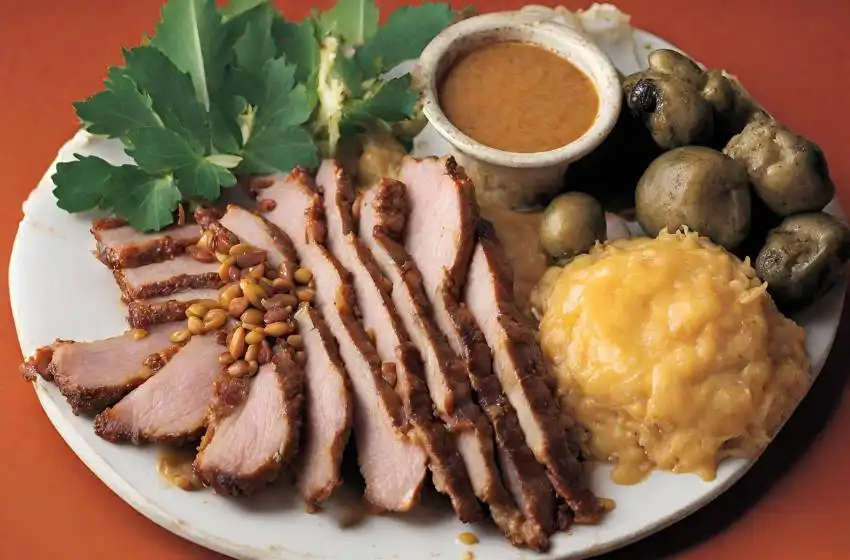



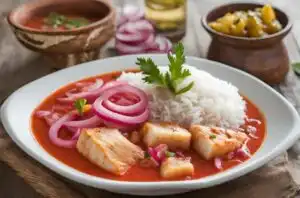
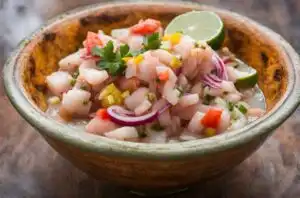





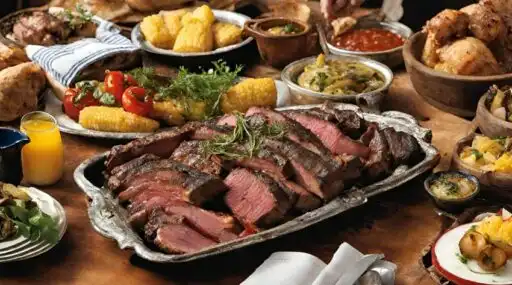














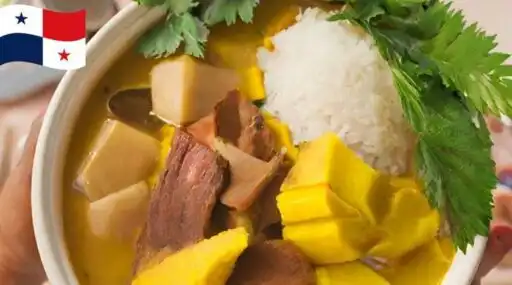










Leave a Reply